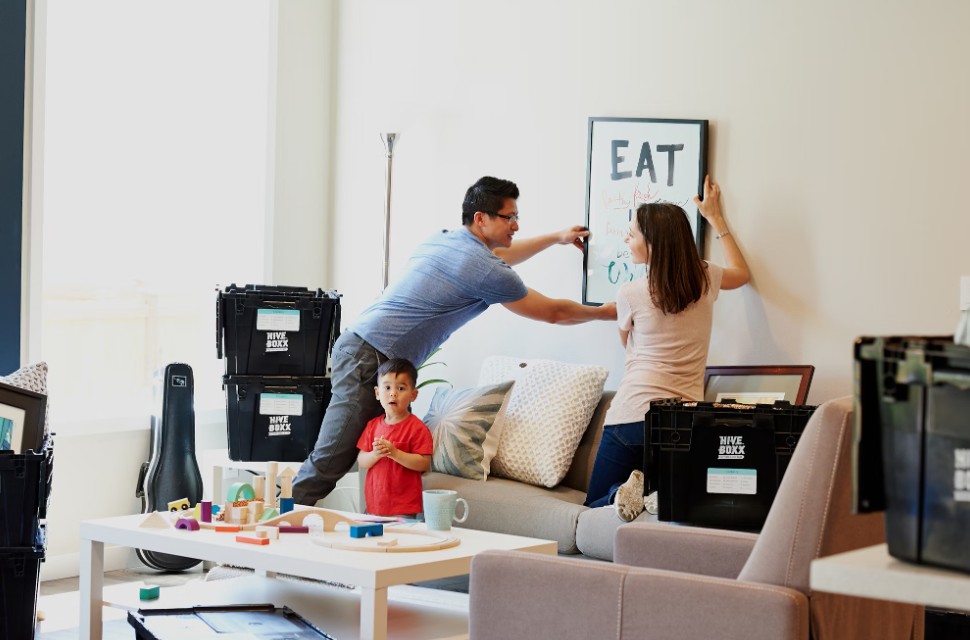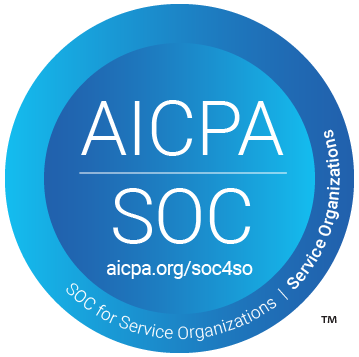Many marketers have found value in targeting movers. After all, movers spend an average of $9,000 within three months of a move, making them one of the most lucrative consumer segments for businesses. Whether it’s home appliances or life insurance, this audience is ready to buy fast!
But, capitalizing on this opportunity requires a good understanding of the home mover lifecycle and the moving timeline. It will help you identify when and how to connect with movers at every step of their journey and optimize your ROI in ad spend.
What Is the Home Mover Lifecycle?
The home mover lifecycle is the journey people go through when they’re preparing to move, in the middle of moving, or have just settled into a new home. Each step comes with different needs, emotions, and buying habits.
People don’t move every day, but when they do, it triggers a wave of big decisions and spending related to moving costs. When someone is moving, they’re actively shopping for all kinds of things, making it the perfect time to reach them with relevant offers.
By understanding where someone is in their home moving journey, marketers can connect with them at just the right moment – when they’re ready to make a decision. That’s why understanding the three key phases of the mover lifecycle is so important.
The Three Distinct Phases of the Home Mover Lifecycle
The home mover lifecycle is made up of three key stages:
- Stage 1 – When the home is placed on the market
- Stage 2 – When the home is under contract or has a pending sale
- Stage 3 – When the consumer has completed their move
Each phase reflects a different mindset and set of needs associated with different moving costs. As consumers transition through these stages, their priorities shift, from preparing their old home to finding professional movers, and settling into a new place. This creates natural points where marketers can step in with timely, relevant offers that truly resonate.
During each phase of the mover lifecycle, consumers are more open to certain types of messages because they are seeking different products or services unique to that particular phase. Speedeon’s mover data can help you craft the perfect offer!
Phase 1: Pre-Mover – Home Just Listed
This stage starts as soon as someone puts their home on the market. It’s a time of having a moving checklist and getting things in order – cleaning, staging, and getting paperwork in place. Pre-movers are often busy meeting with real estate agents, making repairs, and looking into where they might move next.
Top pre-move purchases and actions include:
- Contractor services
- Home furnishings
- Residential upgrades
- Home improvement loans
- Mortgage pre-approvals
Marketers who reach consumers at this stage can build early awareness and begin nurturing leads ahead of competitors. And because nearly 50% of all moves are within town, it’s also a prime time to retain customers for cable, satellite TV, or similar service providers.
At Speedeon, we help brands identify pre-movers using predictive analytics and audience modeling.
Phase 2: Under Contract – Move Is Imminent
Once a home is under contract, the urgency picks up. The moving day is looming. Movers are in decision mode – arranging logistics, signing paperwork, and actively shopping for services to support the transition. It also involves smaller but obvious purchases like packing materials like bubble wrap, moving boxes, and packing paper for their valuable items. This is often the shortest phase but one of the most impactful for conversion.
Common purchases and services include:
- Moving and storage services
- Truck rentals and moving supplies
- Utility transfers and home services
- Cleaning, repairs, and final upgrades
- Temporary housing solutions
The window for influencing mover decisions is small but high-converting. Brands that can offer convenience, speed, or bundled solutions are often prioritized during this hectic, if not chaotic period.
Trigger-based marketing with Speedeon’s life event data can help you acquire consumers as soon as their property goes under contract, putting your brand in the right place at the right time.
Phase 3: Post-Move – New Home, New Habits
The most critical stage in the home mover lifecycle is when the move is complete. At this point, purchasing behaviour spikes as consumers work to settle themselves in the new environment. This is the most expensive and change-intensive phase for the consumer in the moving process and the most profitable for marketers!
Typical new mover purchases include:
- Bank accounts
- Utilities (electricity, gas, water, internet, etc.)
- Appliances and furniture
- Insurance
- Home security
- Local services (groceries, gyms, healthcare)

Movers are forming new habits and brand preferences, making this a once-in-a-lifetime opportunity to acquire loyal customers. Studies show that brand preferences are most flexible within the first 90 days of relocation.
With Speedeon’s advanced customer segmentation, you can deliver hyper-targeted offers that match what movers need right now, turning a one-time conversion into a long-term relationship.
Mover Lifecycle vs. Buyer Lifecycle: What’s the Difference?
While the mover lifecycle focuses on stages tied to the physical act of moving, the buyer lifecycle spans the broader journey a consumer takes from awareness to advocacy.
These two models can complement one another. For example, a mover in the “newly relocated” stage may still be in the “consideration” or “decision” phase of the buyer lifecycle for certain services (like home security or banking). By combining these frameworks, marketers can refine both message timing and content relevance – catering to the buyer’s intent.
Take the Next Step With Smarter Mover Marketing
Movers are an evolving target, and your mover marketing should reflect that. Their behaviors and brand relationships throughout the home mover lifecycle are dynamic.
Effective mover marketing campaigns must examine each stage carefully to determine opportunities for more timely and relevant consumer engagement.
To learn more about the mover lifecycle, including the variety of goods and services these consumers seek, how to refine your strategic focus to target this segment, and how to take a mover program to the next level, read our Definitive Guide to Getting the Most Out of Your Mover Marketing.
You’ve got questions and goals, we’ve got answers and strategy. If you are ready for sustained growth within this niche, connect with us, or book a one-on-one strategy call with one of our data experts.

